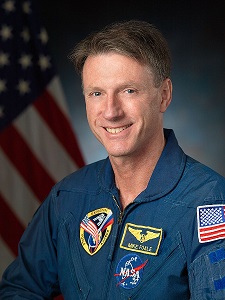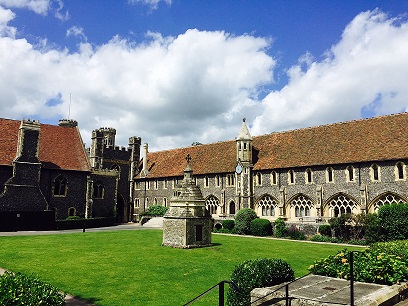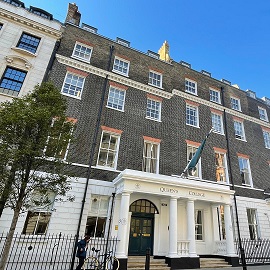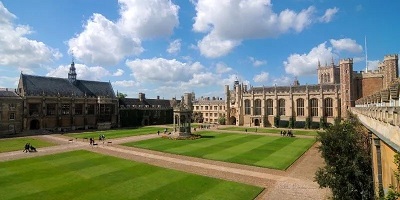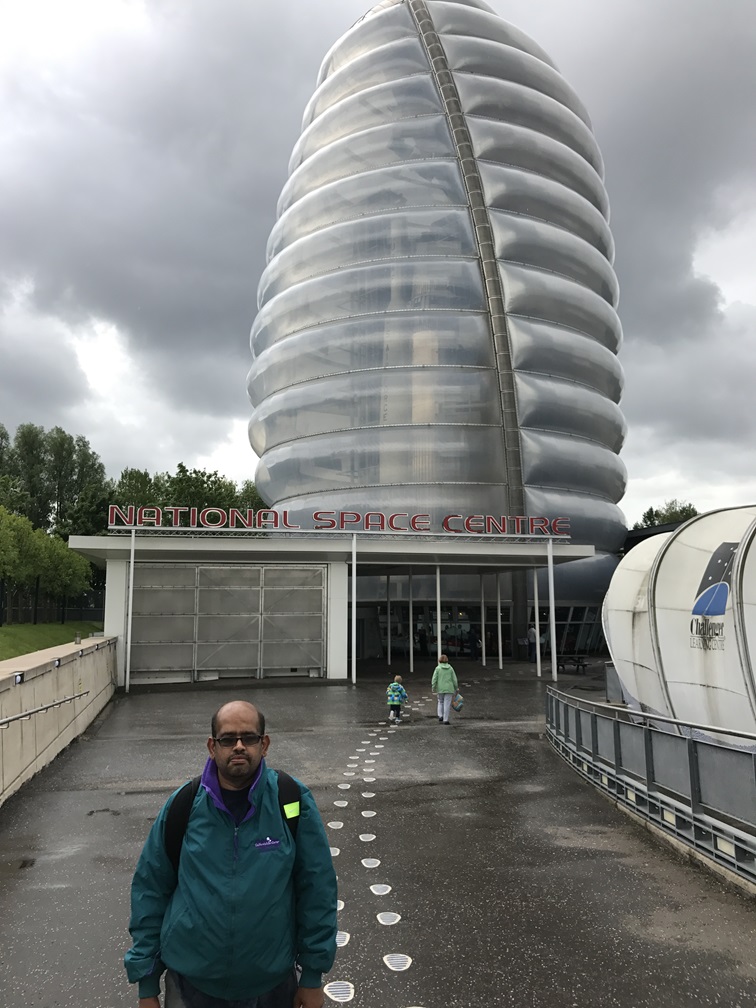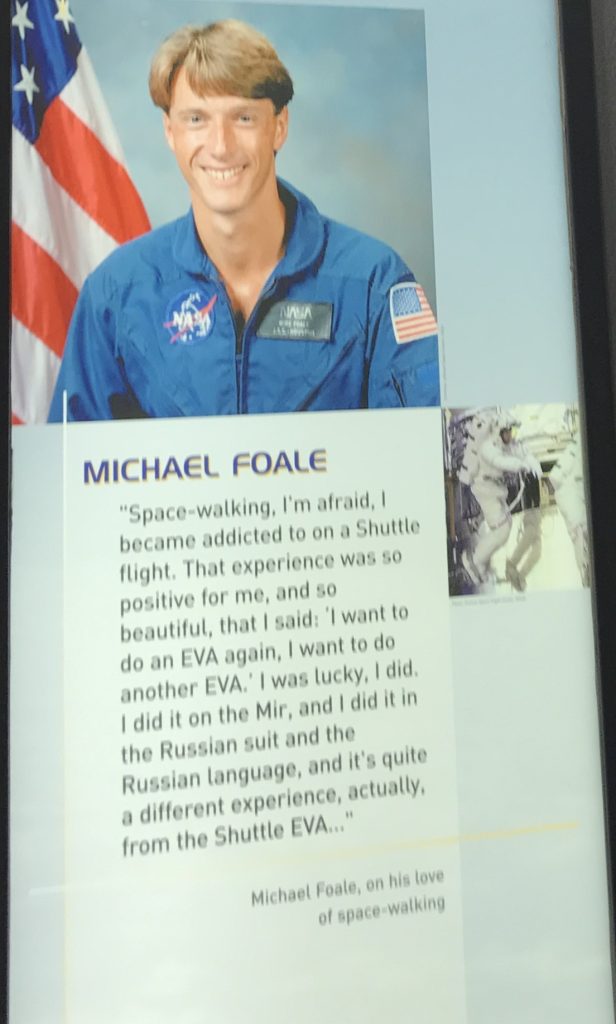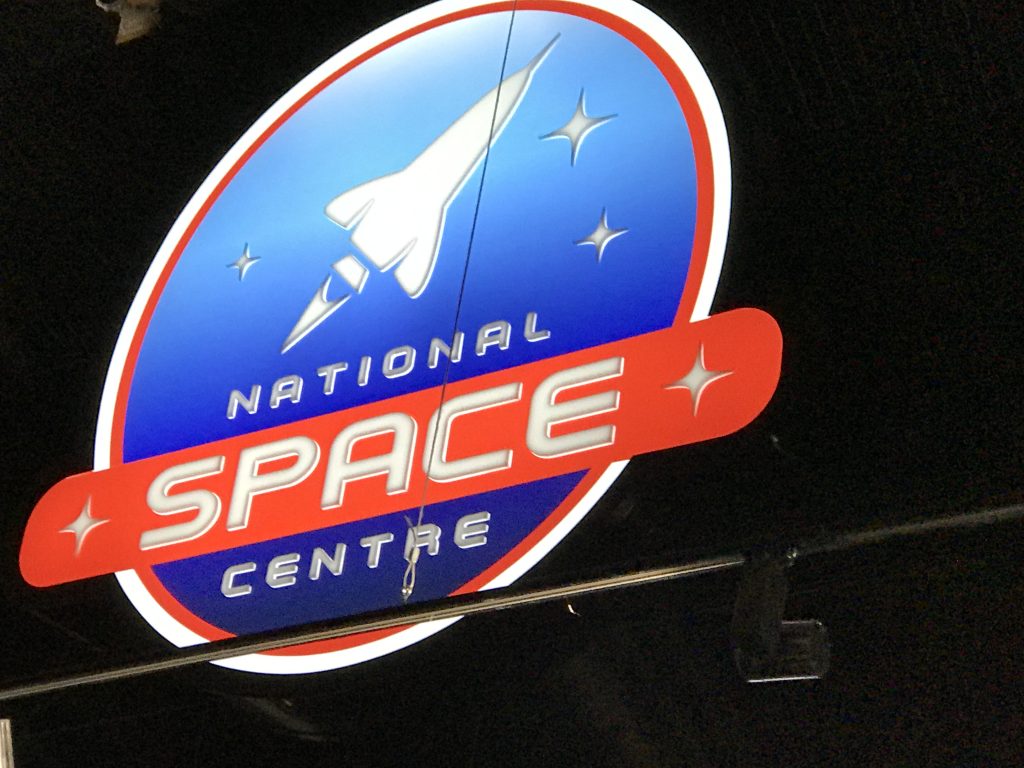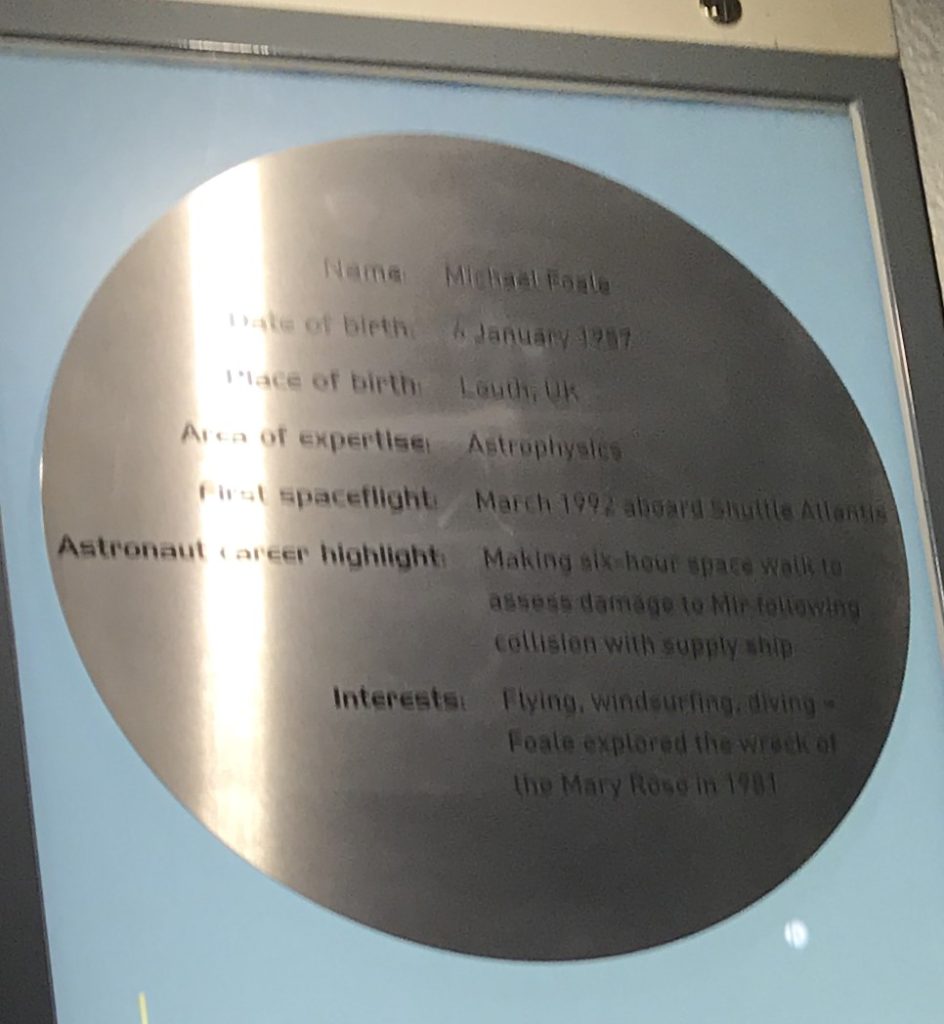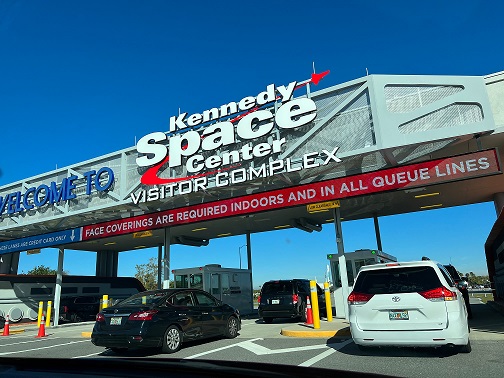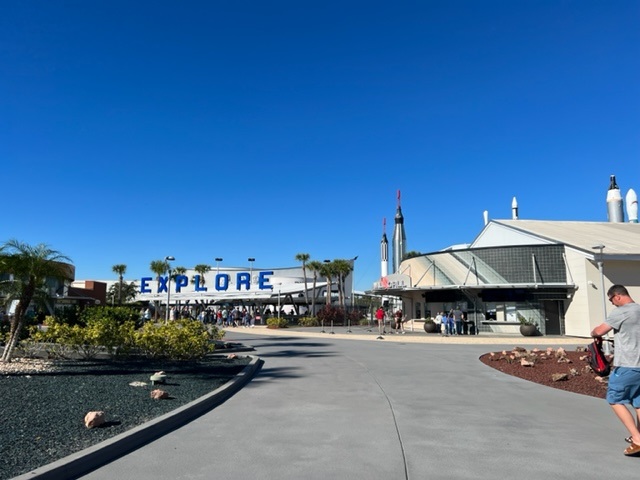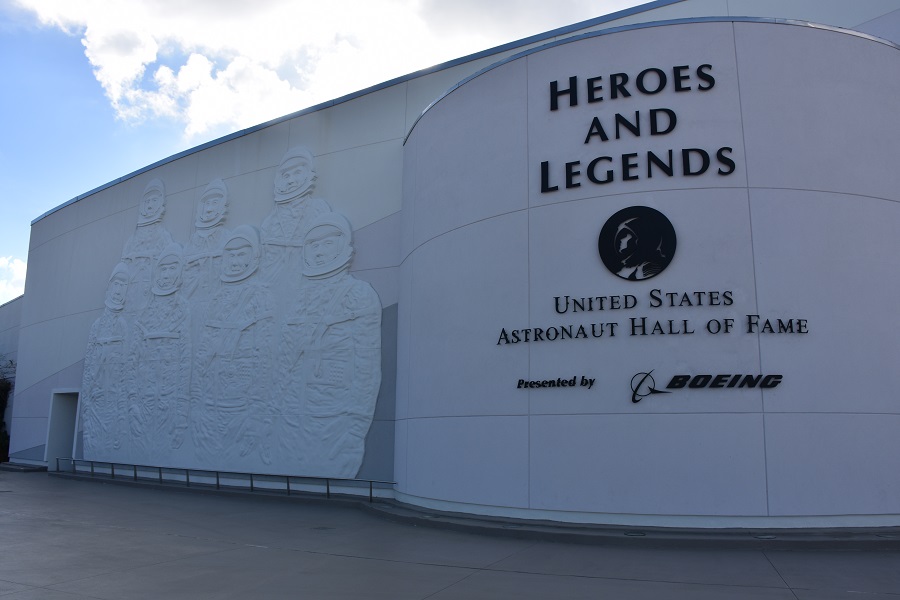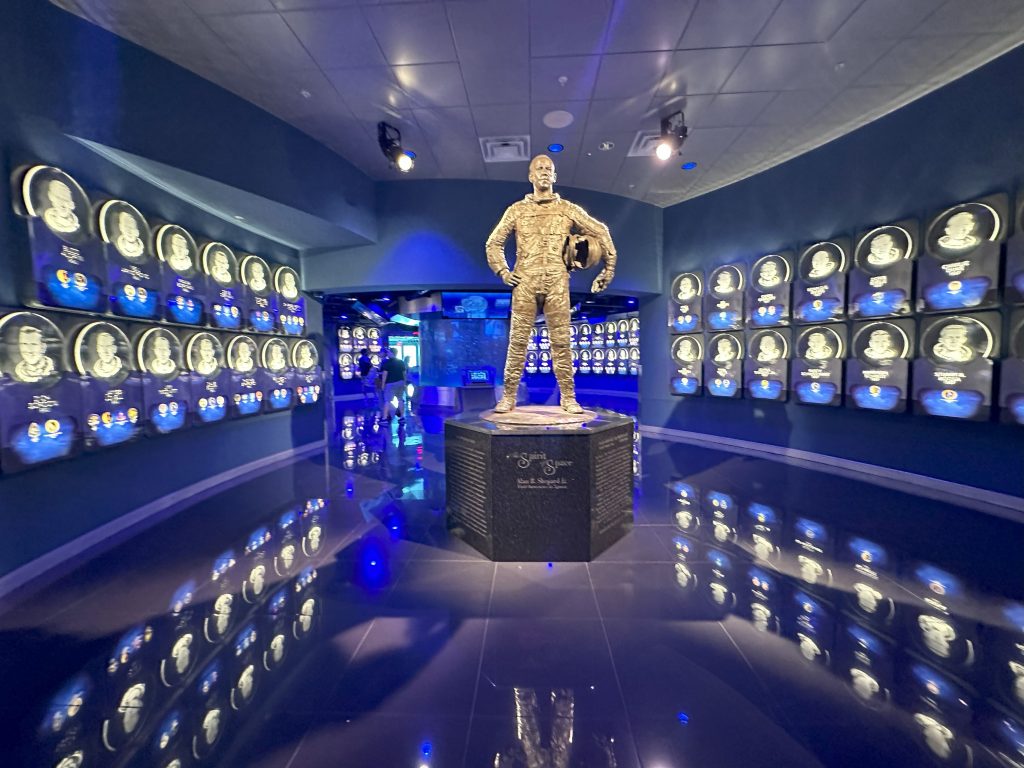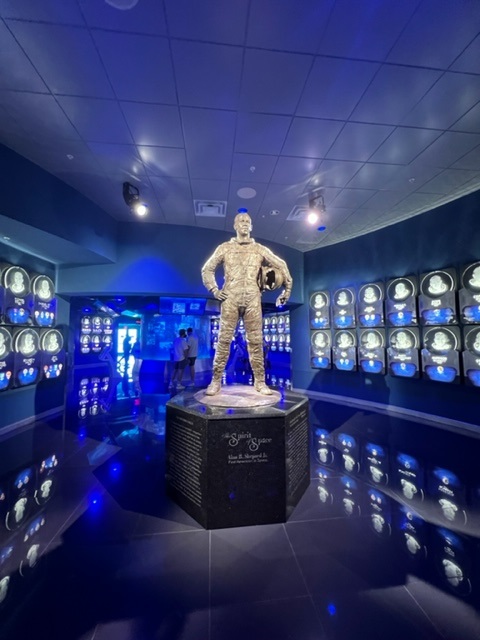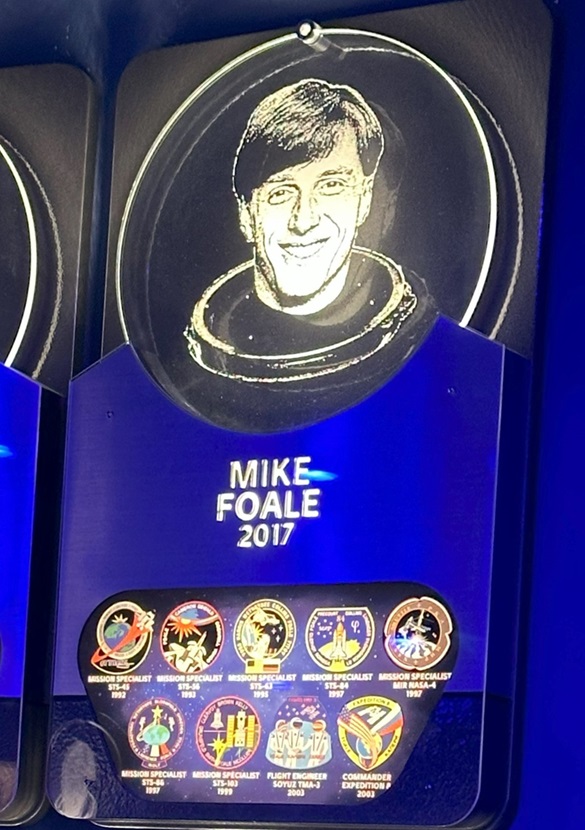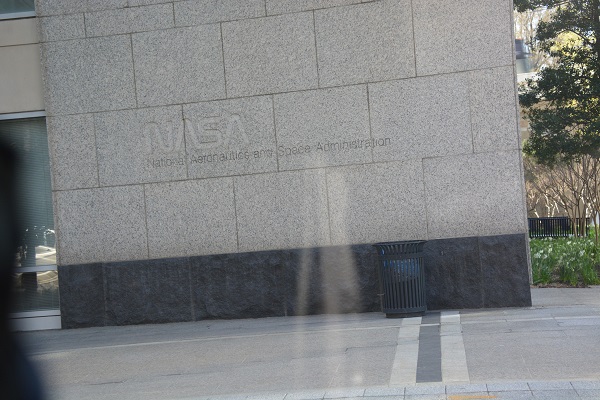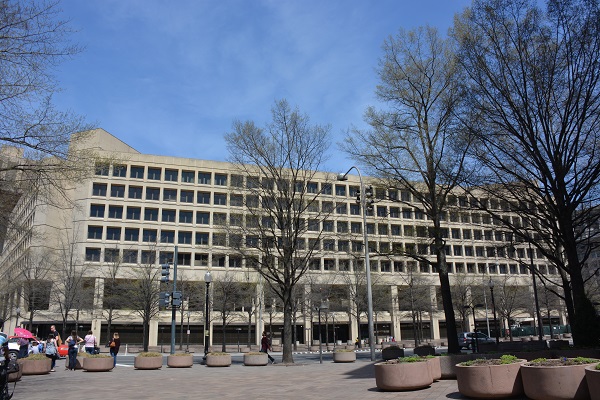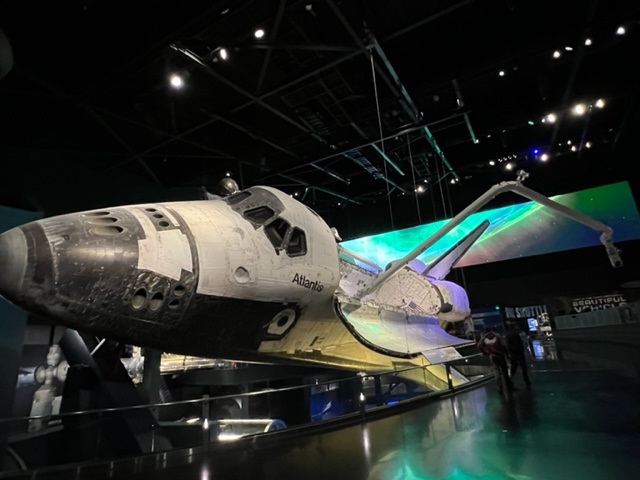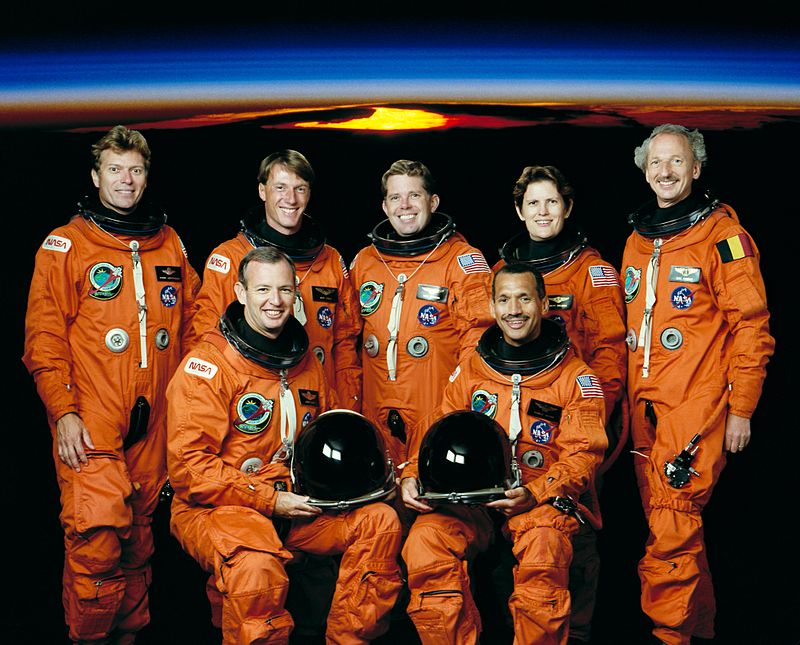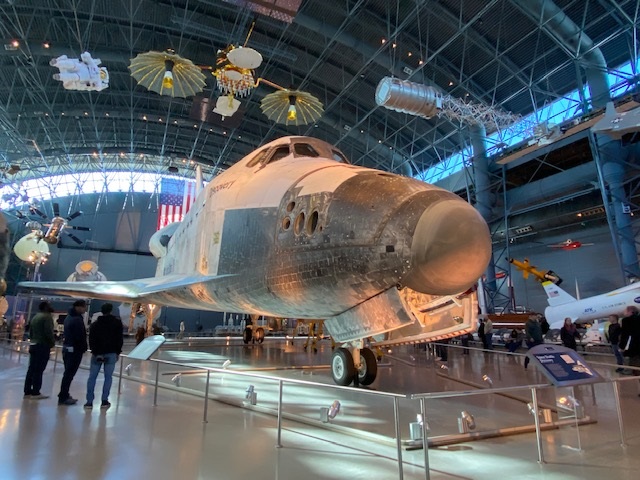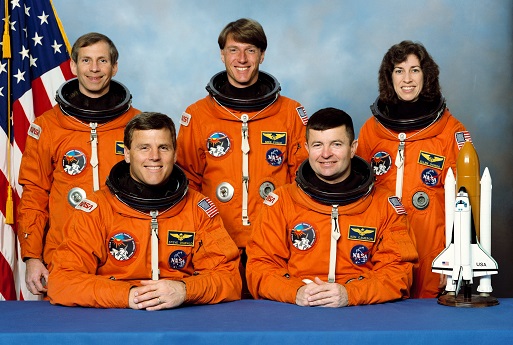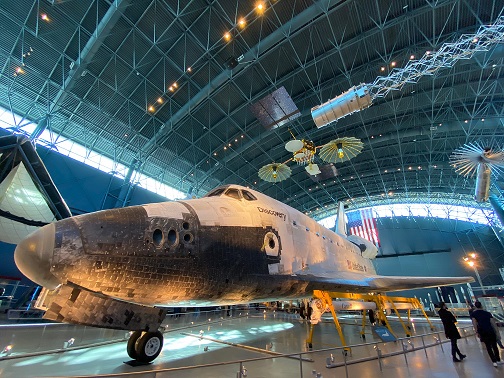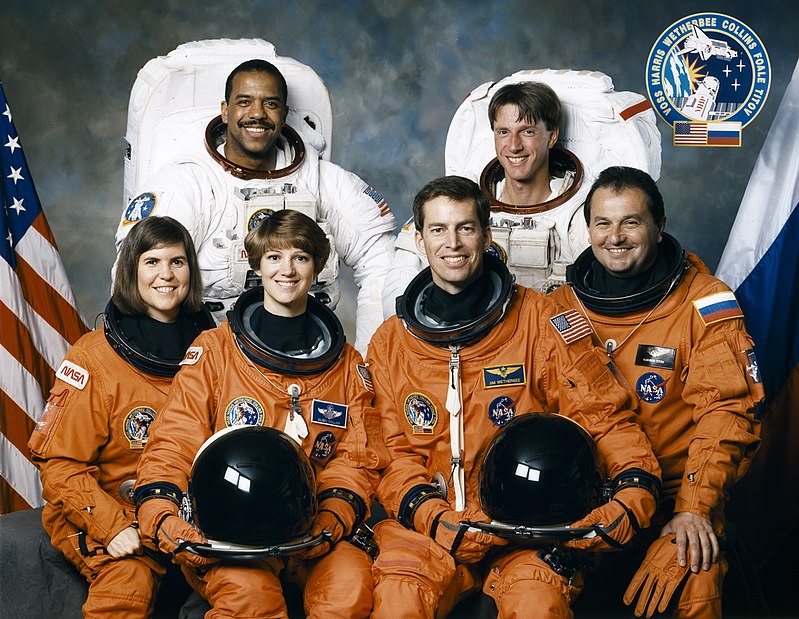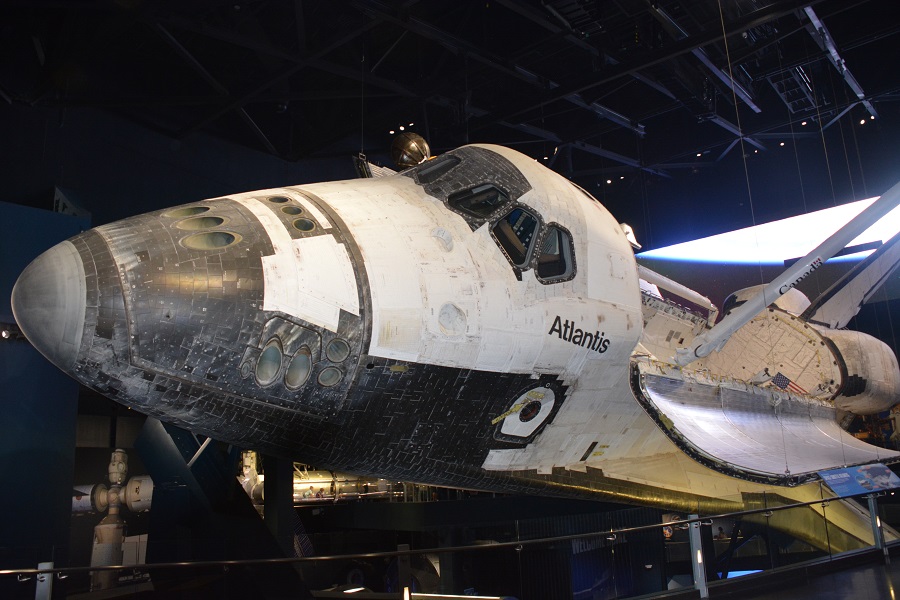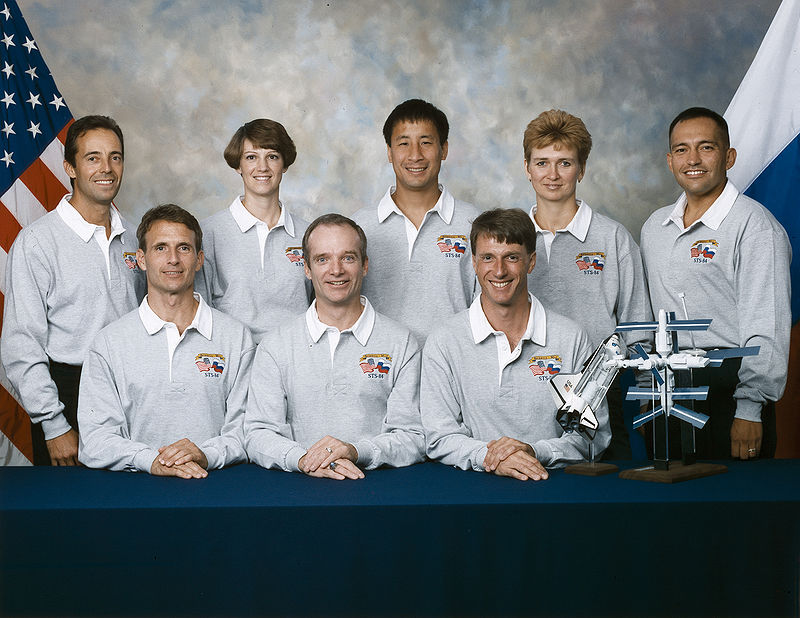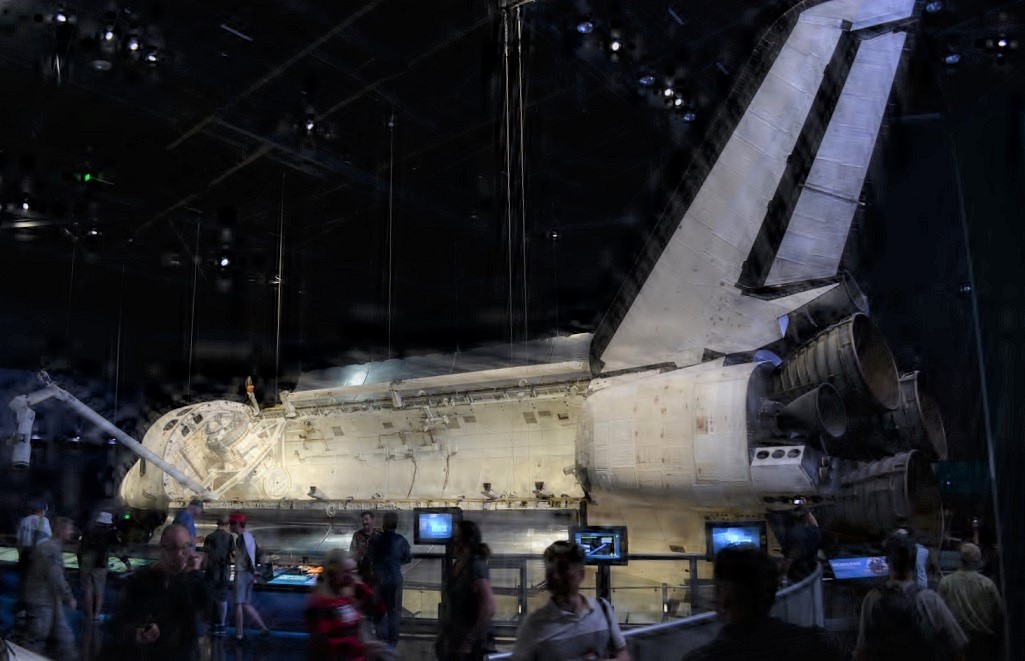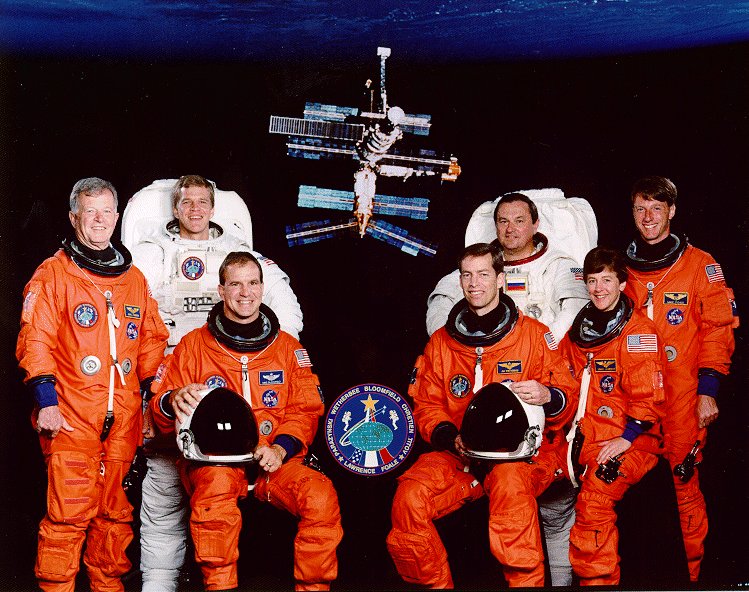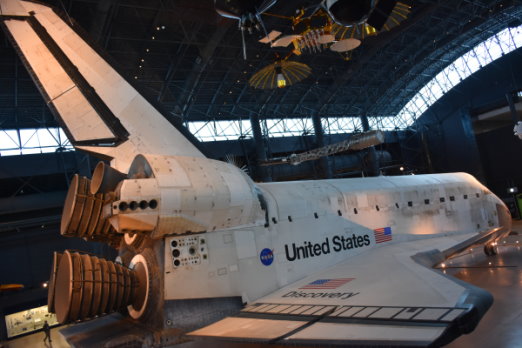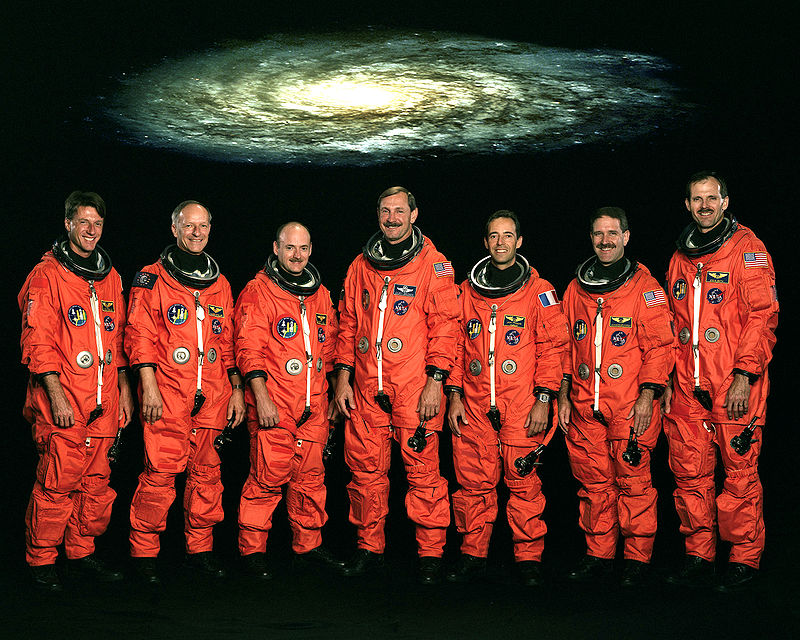| DESCRIPTION | NAME OF SITE | CITY | STATE/COUNTRY |
| BIRTHPLACE | n/a | ||
| SCHOOL | KINGS SCHOOL | CANTEBURY | UNITED KINGDOM |
| SCHOOL | QUEENS COLLEGE | CAMBRIDGE | UNITED KINGDOM |
| MUSEUM | LECIESTER SPACE CENTER | LECIESTER | UNITED KINGDOM |
| WORKED | NASA HEADQUARTERS | WASHINGTON DC | WASHINGTON DC |
| NAME OF VEHICLE | NAME OF ORBITER | MISSION NUMBER | MISSION DESCRIPTION | LOCATION | CITY | STATE/COUNTRY |
| SPACE SHUTTLE | SPACE SHUTTLE ATLANTIS | STS-45 | STS-45 was a 1992 NASA Space Shuttle mission using the Space Shuttle Atlantis. It’s almost nine-day scientific mission was with a non-deployable payload of instruments. It was the 46th Space Shuttle mission and the 11th for Atlantis. | KENNEDY SPACE CENTER | MERRIT ISLAND | FLORIDA |
| SPACE SHUTTLE | SPACE SHUTTLE DISCOVERY | STS -56 | The primary payload of the flight was the Atmospheric Laboratory for Applications and Science-2 (ATLAS-2), designed to collect data on the relationship between the Sun’s energy output and Earth’s middle atmosphere and how these factors affect the ozone layer. It included six instruments mounted on a Spacelab pallet in the cargo bay, with the seventh mounted on the wall of the bay in two Get Away Special (GAS) canisters. Atmospheric instruments included the Atmospheric Trace Molecule Spectroscopy (ATMOS) experiment, the Millimeter Wave Atmospheric Sounder (MAS), and the Shuttle Solar Backscatter Ultraviolet (SSBUV/A) spectrometer (on the cargo bay wall). | STEVEN UDVAR HAZY | CHANTILLY | VIRGINIA |
| SPACE SHUTTLE | SPACE SHUTTLE DISCOVERY | STS- 63 | STS-63 was the second mission of the US/Russian Shuttle-Mir Program, which carried out the first rendezvous of the American Space Shuttle with Russia’s space station Mir. Known as the ‘Near-Mir’ mission, the flight used Space Shuttle Discovery, which lifted off from launch pad 39B on February 3, 1995, from Kennedy Space Center, Florida. It also carried out the successful deployment and retrieval of the Spartan-204 platform, along with the scheduled rendezvous and fly around of Mir, in preparation for STS-71, the first mission to dock with Mir. | STEVEN UDVAR HAZY | CHANTILLY | VIRGINIA |
| SPACE SHUTTLE | SPACE SHUTTLE ATLANTIS | STS – 84 (UP ) | The STS-84 mission was the sixth Shuttle/Mir docking mission and is part of the NASA/Mir program which consisted of nine Shuttle-Mir dockings and seven long duration flights of U.S. astronauts aboard the Russian space station. The prior Shuttle-Mir missions were STS-71, STS-74, STS-76, STS-79 and STS-81. The U.S. astronauts launched and landed on a Shuttle and served as Mir crew members while the Russian Mir crewmembers used their Soyuz vehicle for launch and landing. This series of missions expanded U.S. research on Mir by providing resupply materials for experiments to be performed aboard the station as well as returning experiment samples and data to Earth. | KENNEDY SPACE CENTER | MERRIT ISLAND | FLORIDA |
| SPACE SHUTTLE | SPACE SHUTTLE ATLANTIS | STS 86 DOWN | The seventh Mir Docking mission carried a SPACEHAB double module for the docking with Mir, cargo transfer and an astronaut exchange. The shuttle’s previous Mir missions were STS-71, STS-74, STS-76, STS-79, STS-81 and STS-84. Highlights of the 10-day mission include five days of docked operations between Atlantis and Mir and the exchange of crew members Foale and Wolf to continue a permanent American presence of the Russia complex. | KENNEDY SPACE CENTER | MERRIT ISLAND | FLORIDA |
| SPACE SHUTTLE | SPACE SHUTTLE DISCOVERY | STS 103 | The primary objective of STS-103 was the Hubble Servicing Mission 3A. STS-103 had four scheduled Extravehicular Activity (EVA) days where four crew members worked in pairs on alternating days to renew and refurbish the telescope. NASA officials decided to move up part of the servicing mission that had been scheduled for June 2000 after three of the telescope’s six gyroscopes failed. Three gyroscopes must be working to meet the telescope’s very precise pointing requirements, and the telescope’s flight rules dictated that NASA consider a “call-up” mission before a fourth gyroscope failed. | STEVEN UDVAR HAZY | CHANTILLY | VIRGINIA |
